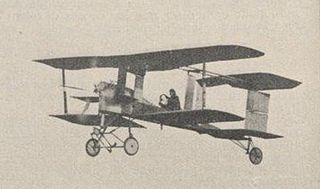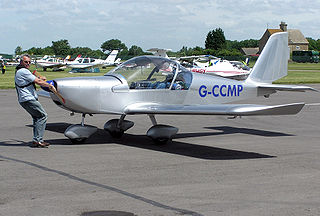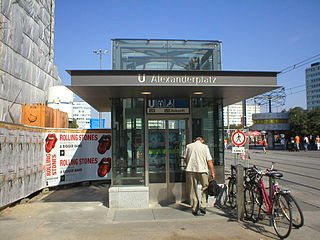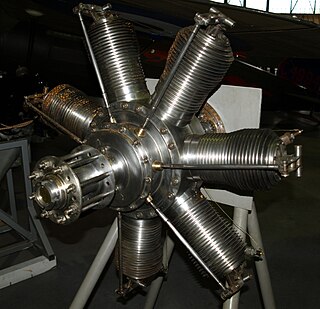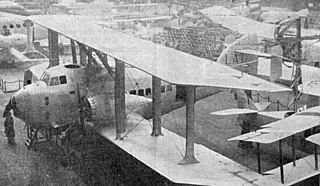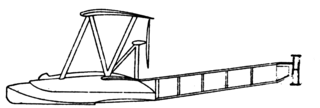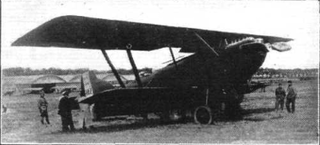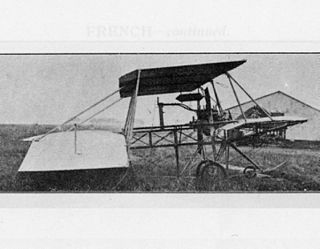This article is about the Breguet aircraft of 1910-1913. For the unrelated aircraft of the same designation flown in World War I, see Breguet Bre.4 and Breguet Bre.5.

World War I, also known as the First World War or the Great War, was a global war originating in Europe that lasted from 28 July 1914 to 11 November 1918. Contemporaneously described as "the war to end all wars", it led to the mobilisation of more than 70 million military personnel, including 60 million Europeans, making it one of the largest wars in history. It is also one of the deadliest conflicts in history, with an estimated nine million combatants and seven million civilian deaths as a direct result of the war, while resulting genocides and the 1918 influenza pandemic caused another 50 to 100 million deaths worldwide.
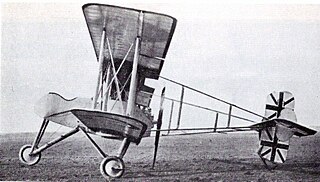
This article is about an aircraft of World War I. For the pre-war design of the same designation, see Breguet Type IV.
The Breguet Bre.5 B.2 bomber and Breguet Bre.5 Ca.2 escort fighter were French biplanes of World War I which were developments of the Breguet Bre.4 bomber. The Bre.6 and Bre.12 were, in turn, developments of the Bre.5
Contents
- Design and development
- Operational history
- Operators
- Specifications (example shown at 1910 Paris Aero Salon)
- See also
- References
| Breguet Type III | |
|---|---|
 | |
| Breguet III with wings folded for transport. | |
| Role | Experimental aircraft |
| Manufacturer | Breguet |
| Designer | Louis Breguet |
| First flight | 1910 |
The Breguet Type III was an early biplane built by Louis Breguet in France in 1910.

A biplane is a fixed-wing aircraft with two main wings stacked one above the other. The first powered, controlled aeroplane to fly, the Wright Flyer, used a biplane wing arrangement, as did many aircraft in the early years of aviation. While a biplane wing structure has a structural advantage over a monoplane, it produces more drag than a similar unbraced or cantilever monoplane wing. Improved structural techniques, better materials and the quest for greater speed made the biplane configuration obsolete for most purposes by the late 1930s.
